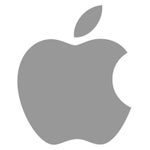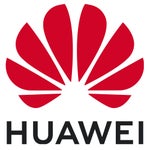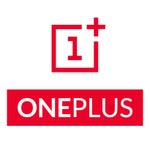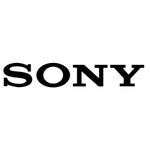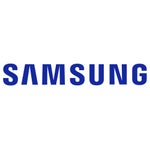News
Apple Reportedly Considering Tandem OLED for 2028 iPhones
Apple Reportedly Considering Tandem OLED for 2028 iPhones
Get ready for a huge upgrade to the iPhone screen. Reports say Apple is planning to use a new kind of display technology called Tandem OLED for its iPhones in 2028. This isn't just a small improvement—it’s a major change that will make your screen much easier to see in sunlight and help your battery last longer.
But there's a big story behind this new screen. Two of the world's biggest screen makers, LG and Samsung, are in a quiet battle to be the company that supplies these screens to Apple. This new technology could change which company wins that fight. Even more interesting, Apple might use a smarter, cheaper version of the tech that still gives us most of the benefits. Here’s everything you need to know.
What is Tandem OLED? Think of a Double-Decker Bus
To understand why this new screen is a big deal, let’s use a simple analogy.
Imagine a standard OLED screen is a single-decker bus. All the passengers (the pixels) are on one level. To make the bus brighter, you have to squeeze more energy into that one level, which wears it out faster.
A Tandem OLED screen is like a double-decker bus. You have two layers of pixels stacked on top of each other. Now, both layers can share the work.
-
It's Much Brighter: The two layers team up to produce light. This means the screen can get incredibly bright, making it easy to see your videos and photos even on a sunny day.
-
It Lasts Much Longer: Because the work is shared, neither layer has to work as hard. This means the screen ages much slower, reducing the risk of permanent faint images staying on the screen (a problem called "burn-in").
-
It’s Better on Battery: Surprisingly, sharing the work makes the whole system more efficient. This can lead to better battery life, as the phone uses less power to light up the screen.
Apple's Smart Compromise: The "Simplified Tandem"
Now, here’s where Apple might get clever. While LG is pushing for the full "double-decker" design, Apple is reportedly thinking about a "simplified" version.
The problem is that the blue pixels in screens wear out faster than the red and green ones. So, Apple’s idea is to only make the blue pixels into a "double-decker" layer. The red and green pixels would stay as a single layer.
This smart shortcut solves the biggest problem (the weak blue pixels) and makes the screen last much longer, all while keeping costs lower. It’s a practical solution that gives us most of the benefits without a huge price jump.
The Big Company Battle: LG vs. Samsung
This isn't just about technology—it's about business. For years, Samsung has been the main company making screens for the iPhone. Their biggest rival, LG, wants to change that.
LG has hundreds of patents on this Tandem OLED technology. They see this as their best chance to become a major supplier for Apple and take business away from Samsung. For Apple, this is good news. Having two strong companies competing means better prices and more reliable supply for them.
If Apple chooses this new screen, it could be a massive win for LG and a shake-up for the entire display industry.
Why Do We Have to Wait Until 2028?
If the tech is ready now (it’s already in the iPad Pro), why wait four years? The answer is scale.
Making a few million screens for the iPad Pro is one thing. Making over 100 million perfect screens for the iPhone is a much bigger challenge. The 2028 timeline gives companies like LG time to:
-
Figure out how to make millions of them without flaws.
-
Bring the cost down so it makes sense for an iPhone.
-
Ensure the quality is perfect before it goes into your phone.
What This Means For Your Next iPhone
For you, the user, this is all great news. A future iPhone with this technology would have:
-
A screen that is incredibly easy to see outdoors.
-
Better battery life because the screen is more efficient.
-
A display that stays looking new for many, many years.
It’s a upgrade that you would notice every single day.
Conclusion
The move to a Tandem OLED screen is one of the most exciting changes coming to the iPhone. It promises a display that is brighter, lasts longer, and is kinder to your battery. While there’s a big corporate battle happening behind the scenes between LG and Samsung, the real winner will be us the users who get a much better experience.
Related Articles
Frequently Asked Questions
Q1: What is the biggest benefit of this new screen?
The biggest benefit is that it will be much brighter and easier to see in sunlight. It will also last longer before it shows any signs of aging.
Q2: Is this the same screen that's in the new iPad Pro?
It's similar, but not exactly the same. The iPad Pro uses the full version. The iPhone might use a "simplified" version that is just as good for what a phone needs.
Q3: Why are LG and Samsung fighting over this?
Making iPhone screens is a huge business. Both companies want to win the contract from Apple because it means billions of dollars and a lot of prestige.
Q4: Will this new screen make the iPhone more expensive?
New technology often costs more at first. But Apple's "simplified" plan is designed to keep costs under control. We might see a small price increase, but probably not a huge one.
Q5: Could this technology come to other iPhone models too?
It's likely. Apple usually starts new technology in its Pro models and then brings it to the regular iPhones a year or two later.

